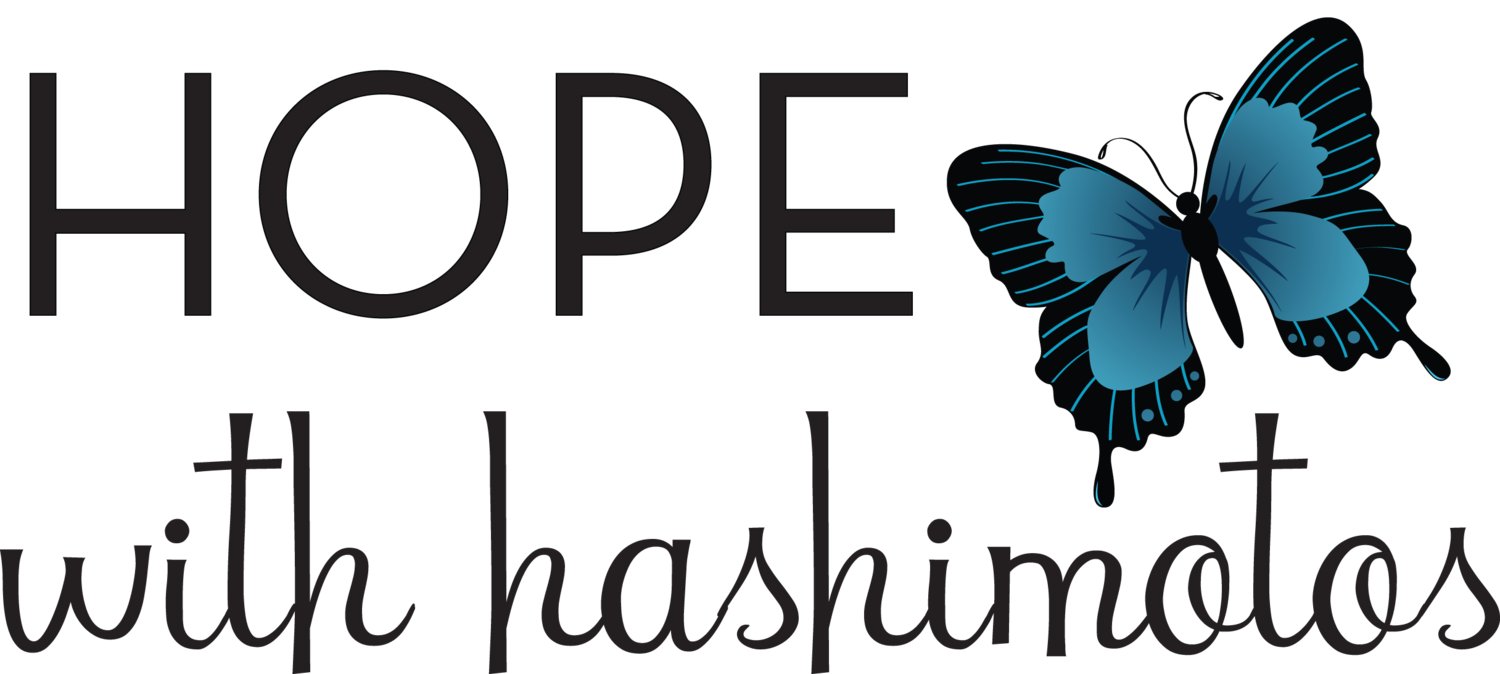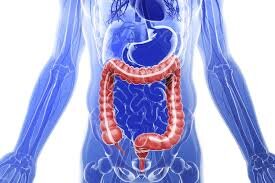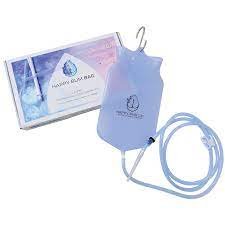3 Benefits of Coffee Enemas For Hashimotos Disease
What are coffee enemas?
Coffee enemas are a detoxification modality that has been used for centuries in detoxifying the liver and colon. A coffee enema is exactly how it sounds— when distilled water and therapeutic coffee are inserted into the colon. Coffee enemas are different than ingesting the coffee you’d consume for your morning beverage as it used through the colon and aids in stimulating the bile duct in the liver allowing toxins to be released. Coffee enemas also increase glutathione, the body’s master antioxidant by 700%! This means it helps removes free radicals that can cause cell damage.
Who would have thought that having Hashimotos Disease would lead you to sticking coffee up your bum, right?
Here are 3 benefits coffee enemas can aid in :
Liver detoxification
By the time we get diagnosed with Hashimotos Disease, our liver is crying for help because it’s been bombarded with toxins over the years and it can’t keep up. Our liver and our thyroid and connected as our liver is where we convert the inactive form of T4 into the active form of T3. For many of us with Hashimotos Disease, this doesn’t automatically happen because of the toxin overload our bodes have accumulated over the years (Due to food and environmental toxin exposures). Coffee enemas stimulate the release of bile from the liver aiding in it’s detoxification.
2. Can improve mental health + mental clarity
In Traditional Chinese medicine, the liver represents anger. When our liver and digestive tract is flooded with toxins, this can create mood swings and brain fog. Your digestive tract is essentially your second brain where serotonin and dopamine also reside. Coffee enemas help eliminate toxic waste from your blood and colon which can improve your mood and mental clarity.
3. Digestive relief + improved skin health
Many of us with Hashimotos Disease experience constipation and other digestive discomforts. When toxins and gut pathogens get stuck in our digestive tract, they have no where to go and can surface symptoms like acne, rashes, or eczema. They can also be helpful during a parasite protocol to eliminate parasites, candida, and other gut pathogens which are typically causes many external symptoms to surface as well.
What do I need to make a coffee enema?
Happy Bum Co. Mold-Free Coffee Enema Kit
(use code: Hashimotos10)
62oz of Distilled water
Coconut Oil
Kitchen strainer
Towel (to lay on bathroom floor)
Hydrogen peroxide + gentle soap (for cleaning tubes + bucket)
How do I do one?
Take a binder 30 minutes before doing one to mop up any recirculated toxins. I like GI Detox or Cellcore Biotox Binder ( practitioner code available for Hashimotos 101 students).
Boil 32oz of distilled water
Add 2 tablespoons of Happy Bum Co. Coffee to the pot and put on “low” heat for 15 minutes
Turn stove off and add in an extra 32oz of distilled water to the pot
Stir in 1 tbs Organic Molasses (this will help you to hold the enema for longer)
Let cool to room temperature (very important!)
Pour liquid over a strainer into your enema bucket
Cover tip of enema tube with coconut oil
Hang enema bucket on a shower rod or towel rack —make sure it’s elevated so the liquid can flow + Lay on your right side on a towel in the bathroom near the toilet
Insert tube into rectum ( release valve + allow liquid to flow + adjust speed of liquid using the release valve on the side)
Hold liquid for 15 minutes (if you can only hold for shorter amount of time, that is common—it may take time for your system to get used to)
Expel into the toilet
Replenish with water and minerals
FAQ
Are coffee enemas safe?
While coffee enemas have some amazing healing benefits, they are not safe for everyone. Click here for who should not do them.
What has been my experience doing them?
I personally started doing them after a friend shared with me how great they made her feel. The kit sat in my house for weeks before I could muster up the courage to just give it a try. I’m so glad I did! They personally have been life changing for my physical and emotional well-being. I feel happier, calmer, and less inflamed after each time I do one. (In conjunction with eating a whole foods diet)
How often should I do them?
You can over-do it with doing them too much as they can deplete your minerals. I recommend starting slow in the beginning to see how your body responds and aiming for around 3 days a week. I also recommend replenishing your mineral end electrolyte intake after you do them. You can do this by adding some pink Himalayan salt to your water, Elyte electrolytes and add trace minerals. I also recommend doing them before noon as the caffeine in them can mess your with your sleep when done too close to bedtime.
How are they different than colonics?
While both coffee enemas and colonics can be helpful to release toxins, colonics are strictly used for eliminating waste in the colon. Coffee enemas detoxify the liver where colonics do not have that capability. Colonics can get expensive and have to be administered by another person where coffee enemas are more affordable and can be done in the comfort of your home.
I’m sensitive to caffeine, will coffee enemas affect my adrenals?
As someone who has been super sensitive to caffeine my whole life and have had severe adrenal issues, I’ve personally never had an issue with the caffeine from the enema with the exception of doing them too late in the day resulting in poor sleep. If anything, they give me energy and made me feel calmer. While they do contain caffeine, its best to start with a very small amount of coffee to see how your body first responds.
For a step-by-step blueprint for reversing your Hashimotos symptoms, I teach you inside my signature course Hashimotos 101 .
No matter what your health looks like right now, there is always HOPE.
Sending you love and healing!
Allison
Disclaimer: The information provided in is this post is for educational purposes only and is not intended to diagnose, treat or cure disease and should not be a replacement for medical advice. Always consult your doctor before trying a new diet, lifestyle or supplement protocol.






